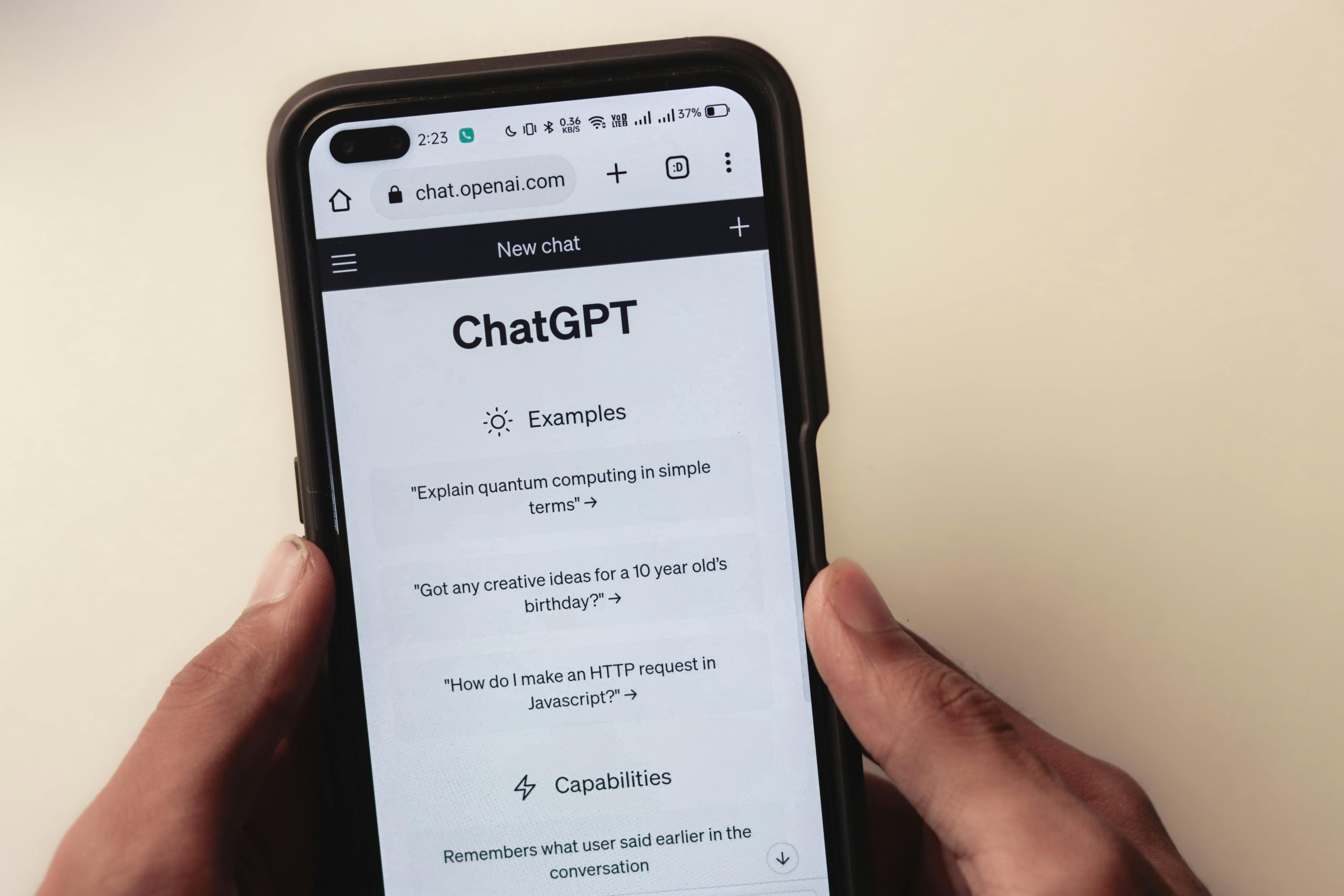Unveiling the Mechanics Behind AI Search Engines: An In-Depth Analysis of Citing Strategies
In the rapidly evolving landscape of information retrieval, AI-powered search engines are transforming how content is evaluated and presented. Recent research sheds light on a crucial distinction: traditional SEO strategies, which focus on ranking highly in search results, do not necessarily translate to being cited within AI-generated responses. Instead, a new paradigm—Answer Engine Optimization (AEO)—has emerged, emphasizing the likelihood of content being included in synthesized answers.
Key Findings from Extensive Testing
Over months of systematic experimentation, including hundreds of assessments across platforms such as ChatGPT Search, Perplexity, Google AI Overviews, and specialized APIs like Exa and Linkup, several pivotal insights have surfaced:
-
Discrepancy Between Ranking and Citation: Frequently, pages ranked in the middle of search engine results—positions 3 through 7—are more likely to be cited within AI responses than the top-ranked result. This indicates that AI engines prioritize content structure over traditional ranking signals.
-
Limited Correlation with Conventional SEO Metrics: Metrics such as keyword density and backlinks show weak links to AI citation rates. Instead, AI systems evaluate content fragments—often small, well-organized “chunks”—rather than entire pages.
Differentiated Behavior of AI Search Engines
Each AI search platform exhibits distinct behaviors based on their underlying algorithms and data sources:
-
Google AI Overviews: Maintains classic factors like E-E-A-T (Experience, Expertise, Authoritativeness, Trustworthiness), favoring well-structured content with hierarchical clarity. Citations tend to align with authoritative signals and comprehensive topic coverage.
-
Perplexity: Demonstrates a robust citation rate, heavily reliant on real-time web crawling and recency. Access to PerplexityBot’s crawl data appears essential for content inclusion.
-
ChatGPT Search: Utilizes selective web search integration via OpenAI’s OAI-SearchBot. Prefers to cite specific anchor texts and exhibits a bias toward numerical data, favoring precise, fact-based snippets.
Strategies for Enhancing Citation Likelihood
Based on systematic experiments, several best practices have emerged—though AI engines are continually evolving, necessitating ongoing adaptation:
-
Content Structure: Craft responses with discrete H2/H3 sections that function as standalone answer units. Lead paragraphs should directly address sub-queries, with key data isolated in concise, descriptive sentences accompanied by relevant anchor text.
-
**

